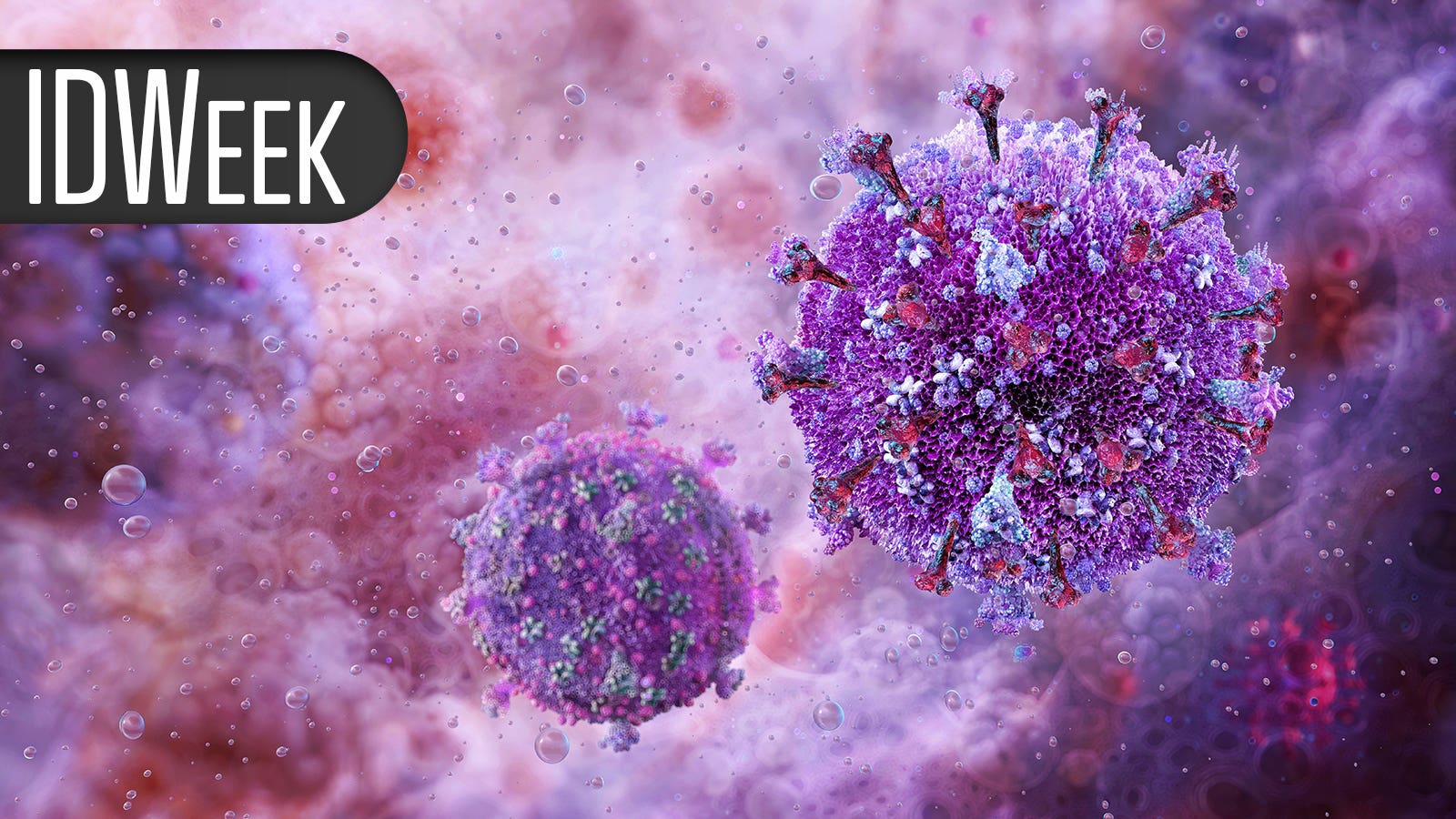Health
C. Diff Deaths Decline, Yet Disparities Persist Among Groups

Mortality rates from Clostridioides difficile-related infections have decreased since 2016, yet disparities persist among different demographic groups, according to a comprehensive study analyzing data from 1999 to 2023. The research reveals that out of the 216,311 C. diff-related deaths in the United States, a significant majority occurred in inpatient facilities, with 71.2% of deaths recorded there and 15% occurring in nursing homes or long-term care facilities.
Demographically, women comprised a disproportionate share of fatalities, accounting for 58.1% of deaths. The study also highlights a stark geographical divide: 83.8% of deaths occurred in urban areas, while only 16.2% were reported in rural regions. Dr. Muhammad Sohaib Asghar of AdventHealth Sebring presented the findings at a news briefing prior to the IDWeek meeting, emphasizing that these trends challenge traditional views on health disparities.
The study found that the group facing the highest risk was predominantly white individuals, who represented 83.9% of C. diff deaths. According to Dr. Asghar, this demographic’s access to healthcare resources and higher likelihood of exposure to risk factors such as antibiotics, residency in nursing homes, and use of proton-pump inhibitors contribute to their vulnerability. In contrast, Black or African American individuals accounted for 8.1% of deaths, while Hispanic patients made up 5.5% of fatalities.
Geographical factors further complicate the picture. While one-third of overall C. diff deaths occurred in the populous South, the Northeast exhibited the highest mortality rates. Rhode Island and Maine reported the most alarming figures, with mortality rates of 6.5 and 4.6 per 100,000 people, respectively. In contrast, Hawaii and Alaska recorded the lowest rates at 0.77 and 0.96 per 100,000, while southern states such as Georgia and Louisiana showed relatively low rates at 1.59 and 1.32, respectively.
The C. diff-related mortality rate experienced a notable rise from 0.5 per 100,000 patients in 1999 to 3.6 per 100,000 in 2006, primarily driven by antibiotic-resistant pathogens. This rate stabilized before beginning a decline in 2016. Dr. Asghar noted that “the irrational use of antibiotics has been one of the most important risk factors associated with C. diff infection.” He attributed the recent downward trend in mortality rates to enhanced infection control practices and improved antimicrobial stewardship programs.
Despite these positive trends, Dr. Asghar urged for focused interventions targeting disparities related to gender, race, geography, and age. “The findings of this study underscore the importance of sustained preventive strategies to further reduce the burden of this infection,” he stated. The research utilized data from the CDC’s WONDER public health database, examining deaths where C. diff colitis was identified as a primary diagnosis across all age groups.
As the landscape of C. diff-related mortality continues to evolve, it remains crucial to address the underlying disparities to ensure equitable healthcare outcomes for all populations.
-

 Lifestyle5 months ago
Lifestyle5 months agoLibraries Challenge Rising E-Book Costs Amid Growing Demand
-

 Sports4 months ago
Sports4 months agoTyreek Hill Responds to Tua Tagovailoa’s Comments on Team Dynamics
-

 Sports4 months ago
Sports4 months agoLiverpool Secures Agreement to Sign Young Striker Will Wright
-

 Lifestyle4 months ago
Lifestyle4 months agoSave Your Split Tomatoes: Expert Tips for Gardeners
-

 Lifestyle4 months ago
Lifestyle4 months agoPrincess Beatrice’s Daughter Athena Joins Siblings at London Parade
-

 Science4 months ago
Science4 months agoSan Francisco Hosts Unique Contest to Identify “Performative Males”
-

 World4 months ago
World4 months agoWinter Storms Lash New South Wales with Snow, Flood Risks
-

 Science5 months ago
Science5 months agoTrump Administration Moves to Repeal Key Climate Regulation
-

 Business5 months ago
Business5 months agoSoFi Technologies Shares Slip 2% Following Insider Stock Sale
-

 Science5 months ago
Science5 months agoNew Tool Reveals Link Between Horse Coat Condition and Parasites
-

 Sports4 months ago
Sports4 months agoElon Musk Sculpture Travels From Utah to Yosemite National Park
-

 Science5 months ago
Science5 months agoNew Study Confirms Humans Transported Stonehenge Bluestones









